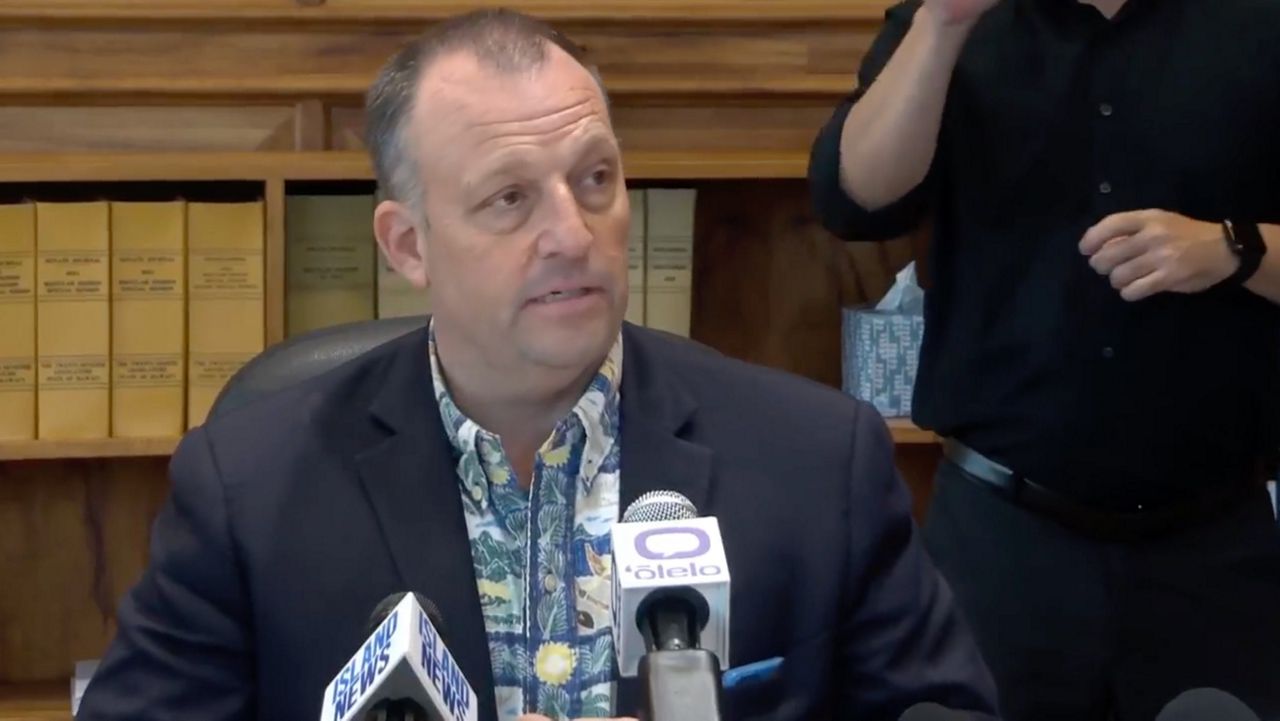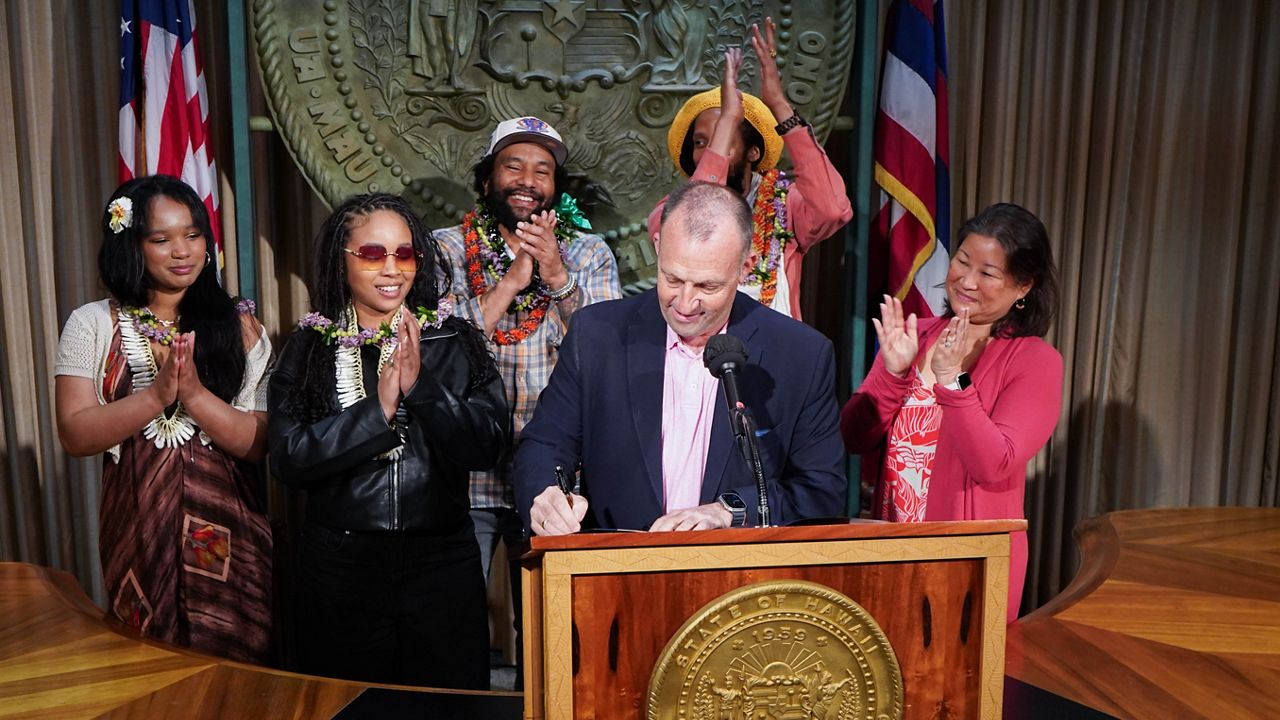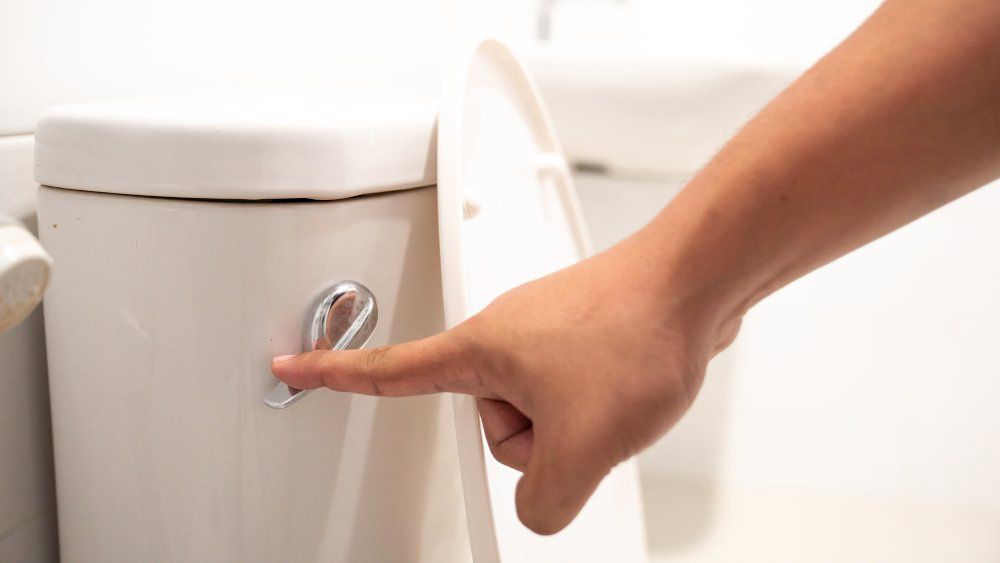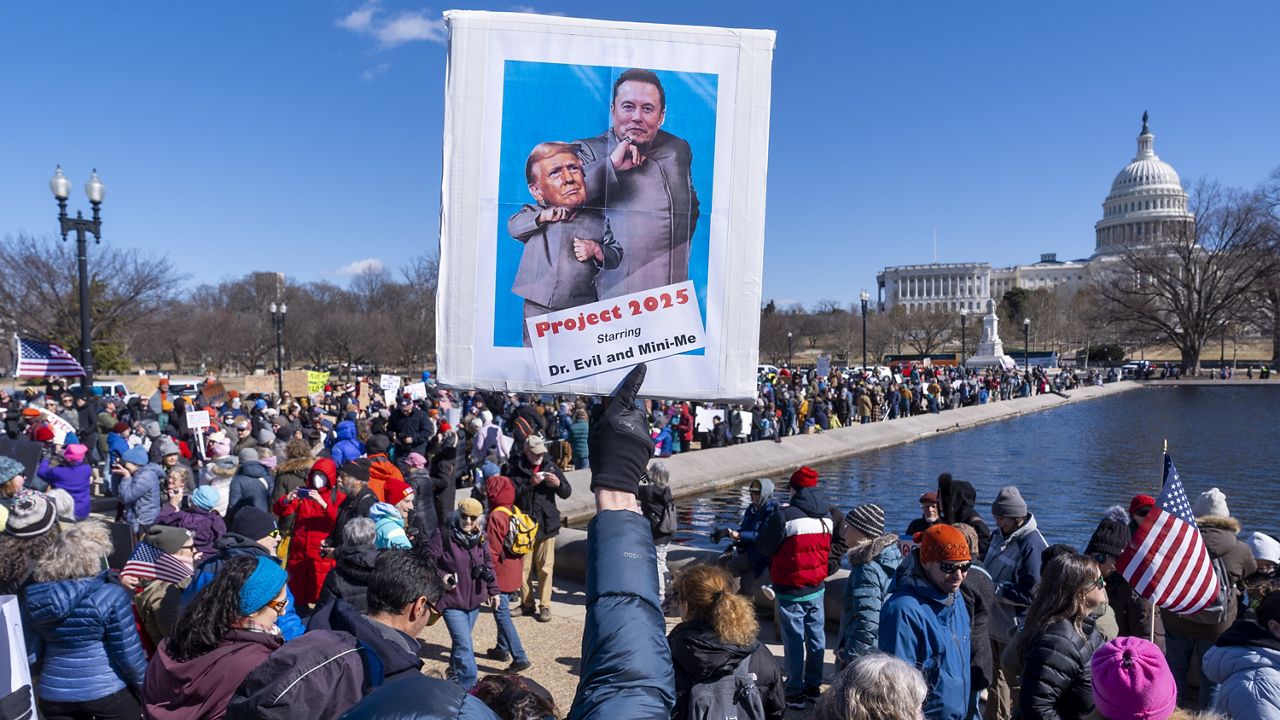The state’s new Hawaii Healthcare Education Loan Repayment Program has selected the first 492 medical and health care professionals to receive up to $50,000 in loan repayments per year in return for two years of full-time work in the state.
HELP was developed by the governor’s office, the University of Hawaii’s John A. Burns School of Medicine, the Healthcare Association of Hawaii, the state Department of Health and others as a way to address the shortage of health care professionals, particularly in rural areas, in the state by offering a meaningful incentive in the retention of professionals already practicing in the state and the recruitment of those who are in medical residency training programs outside of Hawaii.
The program is funded by a $30 million allocation from the 2023 state Legislature and is available to health professionals licensed or otherwise certified to practice in Hawaii.
“One of the one of the key lessons we’ve learned over the years is we simply don’t have enough health care providers in the places we need the most,” said Gov. Josh Green at a news conference of Friday. “So, our team has been thinking about this for quite some time.”
The governor himself understands acutely the burden of long-term student debt as well as the benefits of forgiveness.
Green’s approximately $140,000 of student loan debt accrued during his time studying medicine at Pennsylvania State University and the University of Pittsburgh was forgiven when he came to Hawaii via the National Health Service Corps in 2000 and completed four years of providing medical care to rural communities on Hawaii island.
However, he also carried about $75,000 in debt from his undergraduate studies at Swarthmore College. He said the final $183 installment of a 30-year payment plan was deducted from his bank account, quite coincidentally, on Friday.
“It was just bizarre we ended up having this press conference today,” he said.
HELP replaces the prior Hawaii State Loan Repayment Program, which was federally funded. According to Green’s office, HELP will assist more health care professionals in its first year that the earlier program reached in the past 10 years.
Green said $10 million will be spent in the first year and the remaining $20 million in the second. The amount each participant will be able to claim varies depending on the profession, location of practice and educational indebtedness. All participants are required to provide care to, or work for, organizations that have at least 30% of their patients receiving public insurance.
“It is so rewarding to see this program come to fruition, as it was this type of assistance that first brought me to Hawaii so many years ago,” Green said. “I saw first-hand how desperately needed medical care is, especially in rural areas of the islands, and for underserved populations. HELP will prove to be a great start toward decreasing our longstanding and challenging shortage of health care professionals across the state.”
The first HELP cohort includes close to 300 primary care and behavioral health providers across the state, 90 other specialties or professions practicing in rural areas, and about 40 medical residents in training.
“The COVID-19 pandemic took its toll on many, especially those in private practice,” said JABSOM interim dean Lee Buenconsejo-Lum. “Most have not fully recovered and face difficult decisions about staying in Hawaii. This program helps us keep local doctors and other providers here despite our very high cost of living and myriad other challenges.”
Buenconsejo-Lum noted that the average indebtedness of physician applicants is about $185,000, with 20% having more than $300,000 left to pay off.
The legislative appropriation is bolstered by an additional $5 million over two years provided by local phonotypists Marc and Lynne Benioff, whose donation will to used to help retain health professionals on Hawaii Island.
“We are so proud of this amazing first group of HELP awardees and pleased to be able to support bringing an additional 65 providers to Hawaii Island for essential medical services,” the couple said in a statement released on Friday. “Nothing is more important than the health of our community and access to care for all who need it.”








